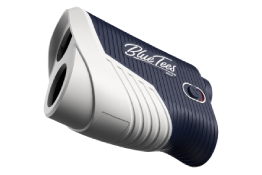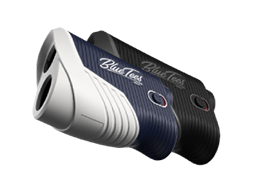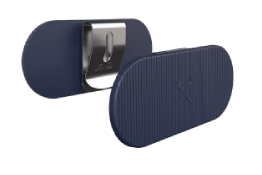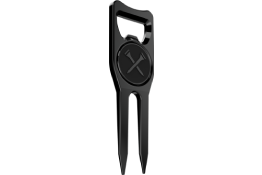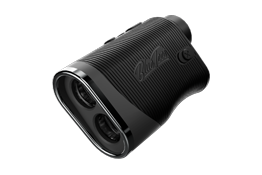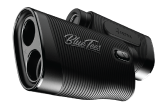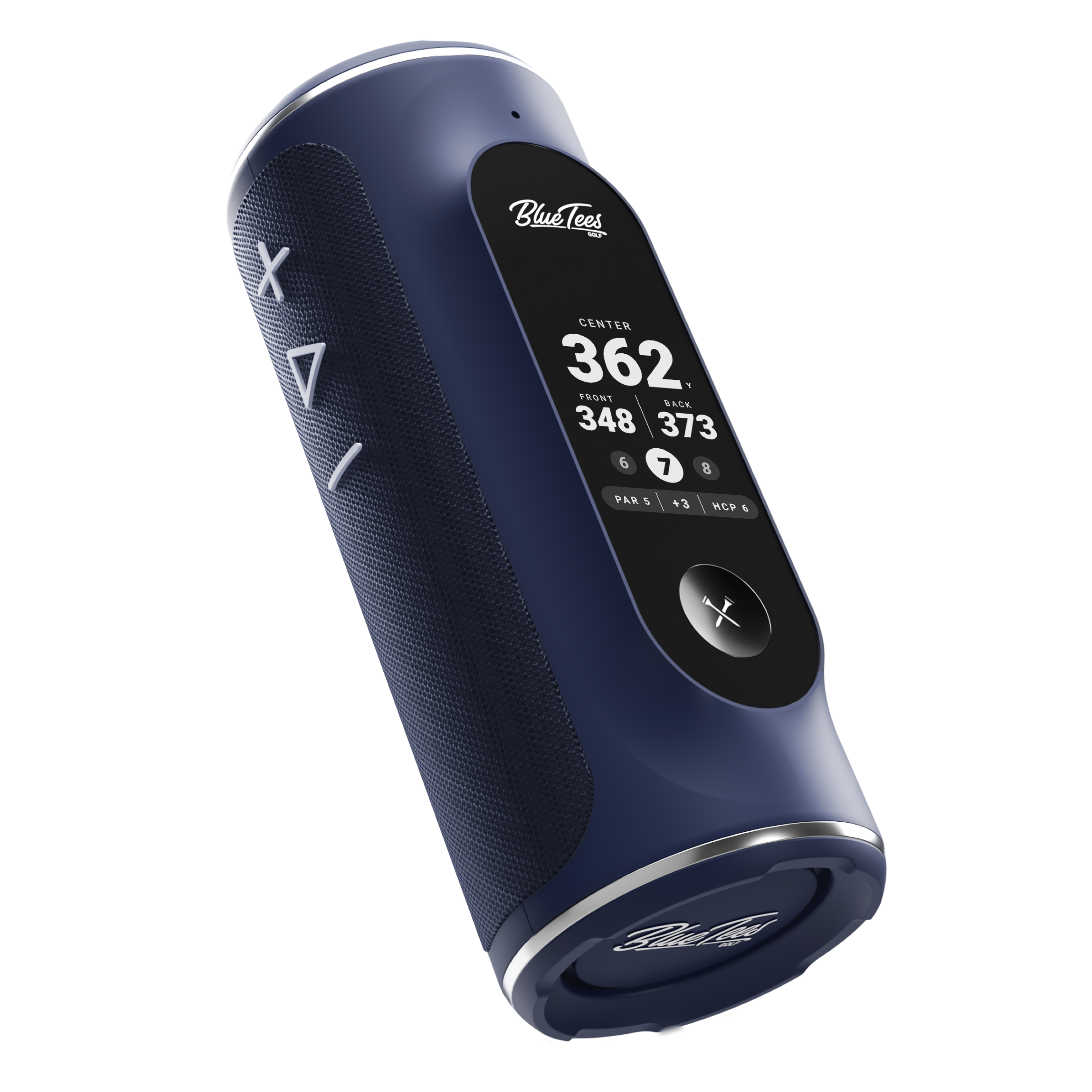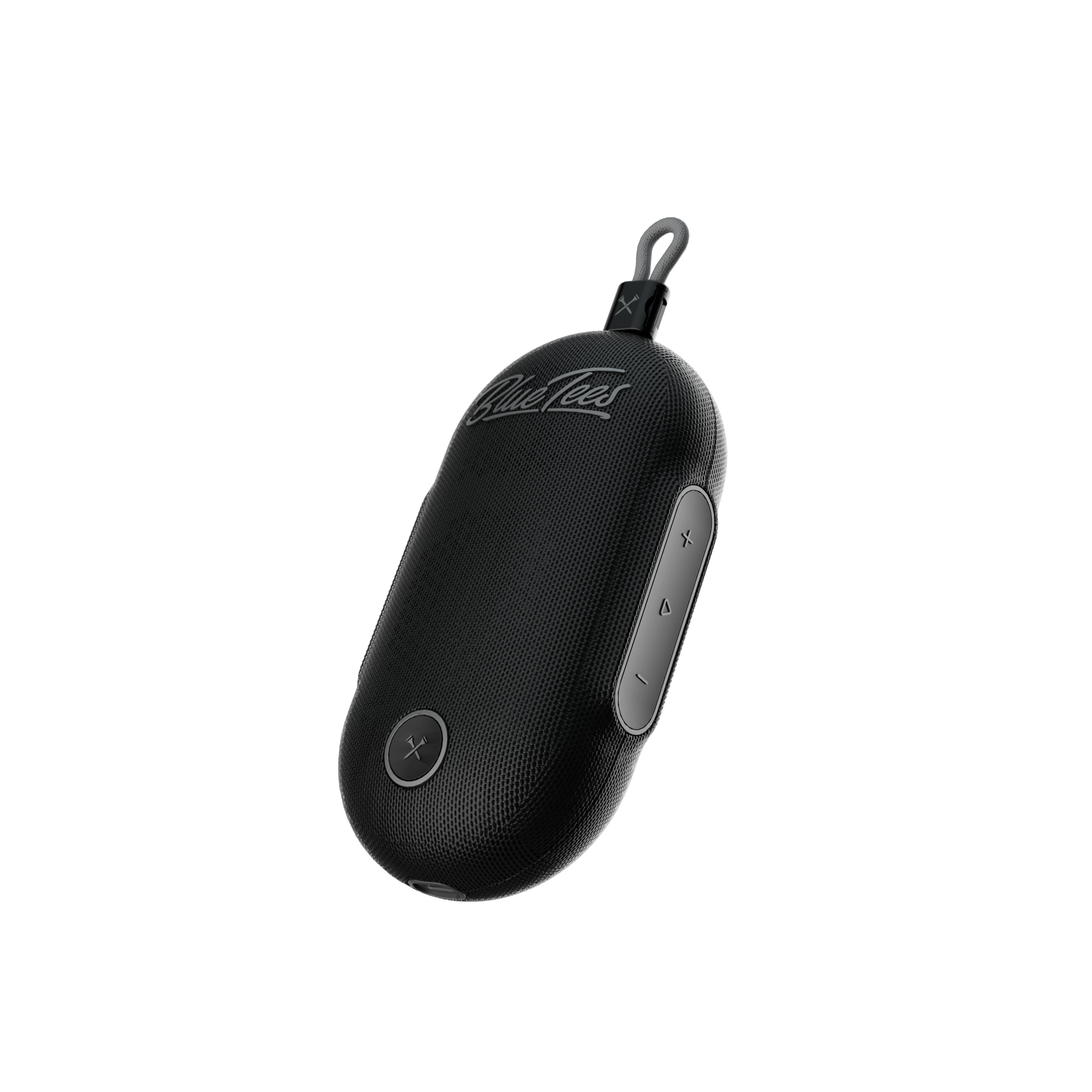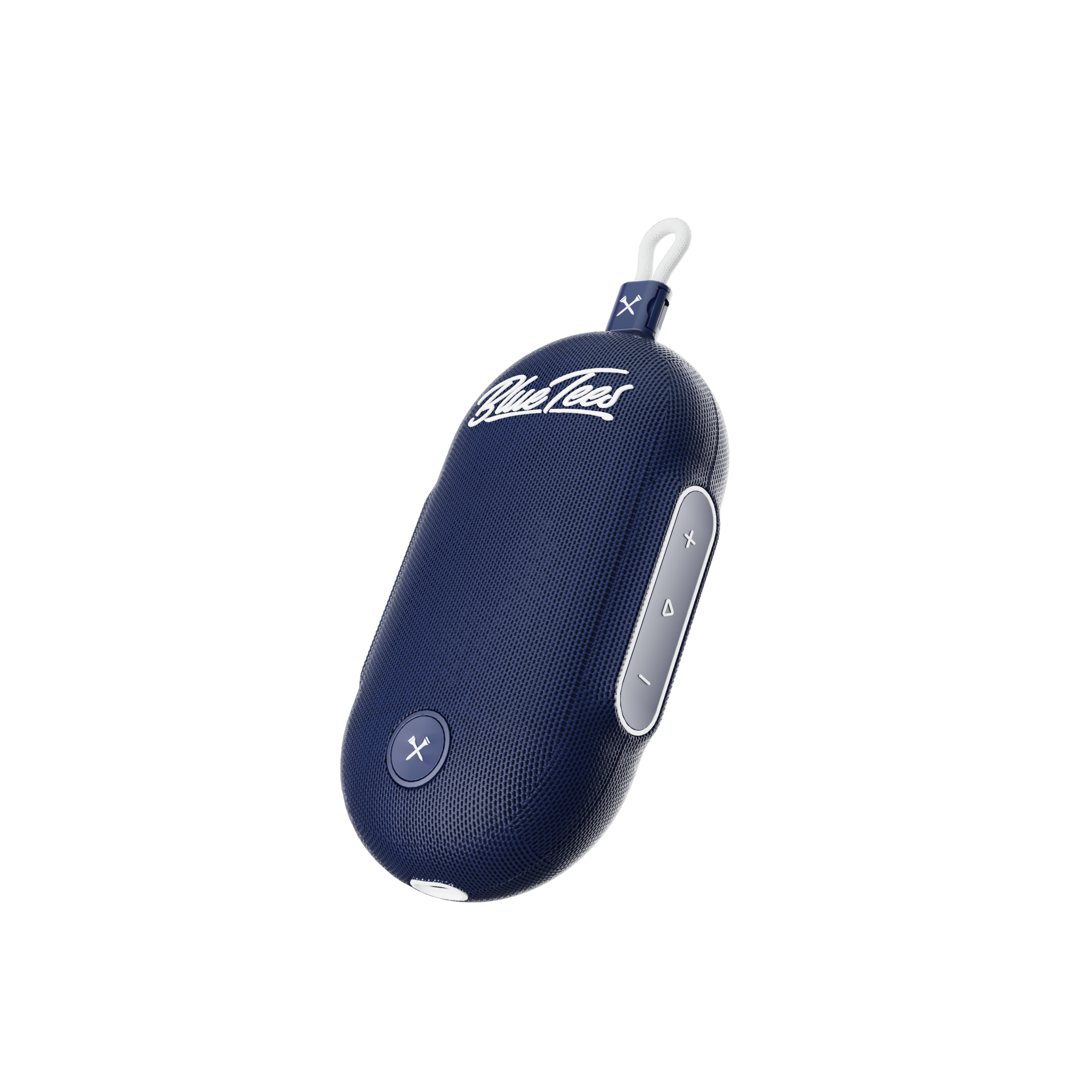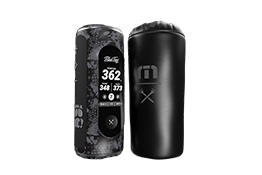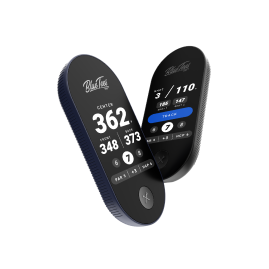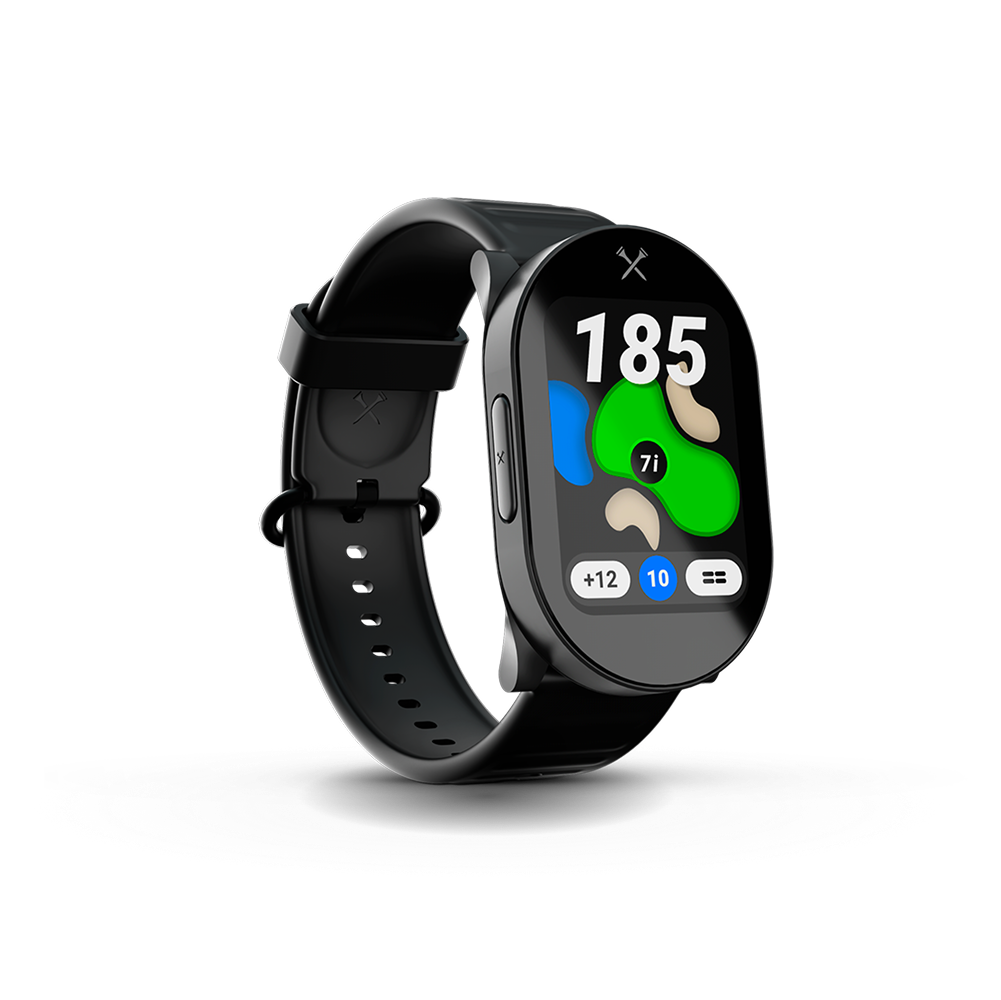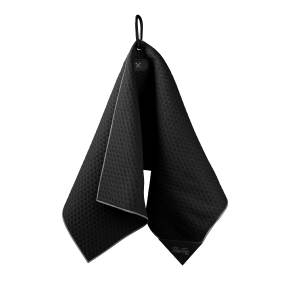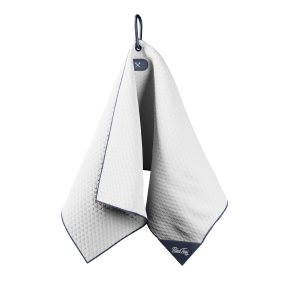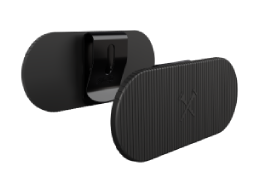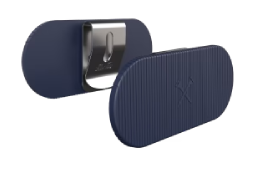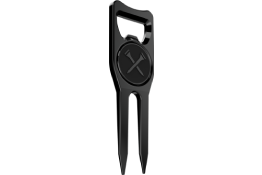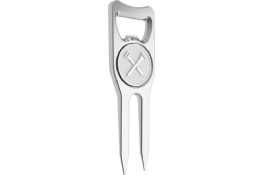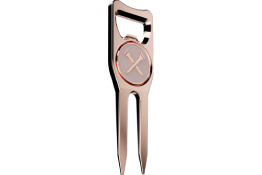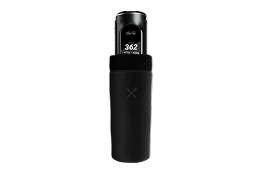Five Things Professional Golfers Do That You Don’t
After your Saturday morning round, it’s always nice to relax and watch the pros do their thing. It’s great to watch the competition but let’s face it we are all hunting for the little signs. The one thing that can take your game to the next level. The things the pro’s do that us amateurs do not. As your handicap lowers you will find yourself learning more and more from the professionals, just by simply tuning in. Swing techniques, routines, equipment choices, shot types are all part of those secret clues, the things that set the Professionals apart. If only there was easier access to this info, the thing’s that they do that can help you break 90, 80 or even 70. Today we are offering up 5 insider tips from professional golfers to save you a little hunting next weekend.
- Course Management: Pro’s plan their way around the course like an architect plans a house. Every shot is mapped out, thought about, measured. They have options and opportunities based on weather and course conditions. They know their yardages into the wind, downwind, in the rain, in the humidity at higher altitudes etc. You know that Par 5 that you always go for. The one you know you can’t reach but you hit your 3 wood anyway. If you hit it absolutely perfect it’s going to leave you a 40-yard shot to the green. So, what is your 40 your shot? Is it one that you hit within 5 feet most times? Or are you undecided between a pitching wedge and lob wedge and you end up blading it over the back of the green. Here’s how a pro would handle that shot. They make sure that if they hit their shot perfect, they leave themselves the perfect yardage in. For some people that’s 100 yards for others its 140 but there is just no reason to try and stomp on a 3 wood if it puts you in an uncomfortable place, not if your trying to score low.
- Warm Up Routine: You always hit a bucket of balls before you head to the first tee. So why does that first Driver always slice 20 yards? It makes no sense, you got there early, you hit 55 balls that you likely paid an additional $11.00 for. That first drive should be perfect shouldn’t it? Well, not really. The question is was it effective practice? Did you warm up your muscles first and then start picturing the golf course. Grab your Driver, picture the first tee, go through the pre shot routine like it’s the actual course and try and hit it straight. If you don’t hit it straight, try to hit a perfect 5 iron. That 5 iron will be the club you will mostly likely have to hit out of the rough because of your bad first drive. After that hit a chip as your approach to the green. Make each one intentional. Don’t just stand there and hit balls, it’s not worth your $11.00 or your time. Don’t worry if there are 12 balls left in the bucket when its time to go and play, it doesn’t matter. Focus on quality swings and visualization. This is what all pros are doing, watch them on the range when you can they have a very deliberate routine and no swing is wasted.
- Slow Play: Slow play is a problem wherever you look. This is not just an issue at your local course. Look at all the talk lately between Bryson and Brooks. Every player has their own pace and when you are forced to slow down or speed up because of others in your group it can have a huge impact on your game. One of the best things you can do for yourself is come up with a standard pre shot routine. The routine should involve everything from pacing off yardages to lining up to practice swing (or not) to actually hitting the ball. Practice your routine, time it if you think its too long and work on ways to make it what you need and most important make it the same every single time. When you have a tough day and it’s slow out there just make sure you keep your routine the same. Your brain needs these mental reminders to keep your swing the same.
- Epic Flash or Epic Lessons: How many lessons can you get for the price of a $500 driver. Depending on where you are in the country golf lessons can be from $60-$250 an hour. If you are struggling with your equipment (and it’s not a hickory wood shaft or anything!) then it may be worth taking a lesson. Almost all the pros have their swing coach on speed dial. They also have a whole team of people that help keep their game perfect from week to week. It’s hard to get good and even harder to get really good. Don’t think that you are immune to needing lessons and also forget the idea that they are expensive. It’s hard to put a price tag on dropping 5 strokes off a round. Certainly, worth every bit as much as that new Driver that somehow still slices?
- You’re a big guy, you hit the ball hard, all your buddies say you need an extra stiff shaft, but do you? Most amateur golfers are playing with shafts in their clubs that are just too stiff. When you try and get a shaft that is too stiff for you though the ball it’s very difficult to hit it straight. Sure, you can tell your buddies that you need this for your swing speed, but wouldn’t you rather just hit it straight. Many great players, low handicap players think that just because their handicap is low that they must need the Stiff shaft. It’s not always true. It is worth knowing what your swing speed is when you purchase new golf clubs. Tour Pro’s have said that one of the biggest mistakes they see in Amateur golfers is playing a shaft that is too stiff. There are pros that need extra stiff tour models and some that don’t but it does them no good to try and swing what their friends swing.
The difference between the amateurs and the pros can sometimes be great. There are steps that amateurs can take to help get to that next level. Sometimes it’s a simple change in routine that can get you those 3 shots you need to break 90 consistently. Stay tuned to Blue Tees Golf for more interesting and helpful posts in the coming weeks.



